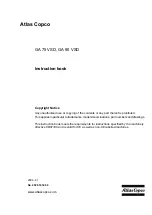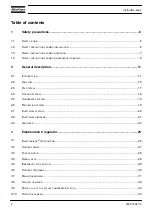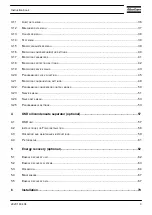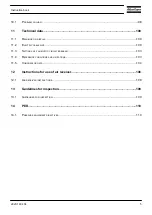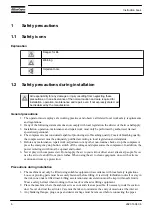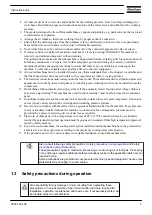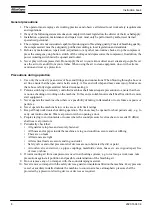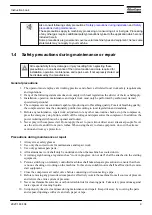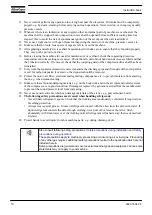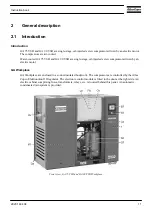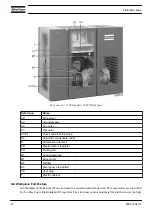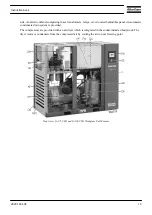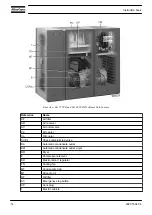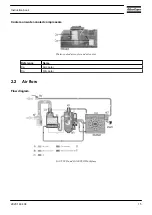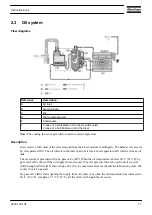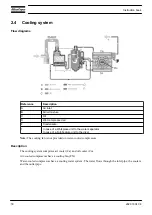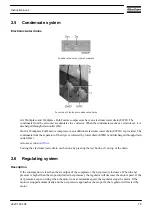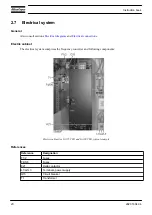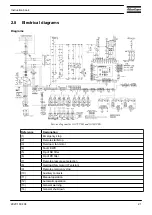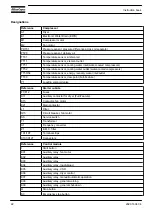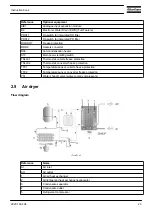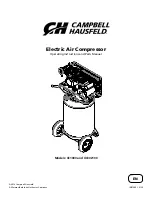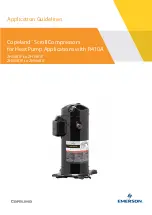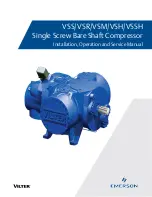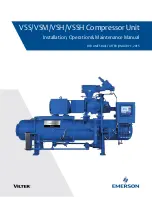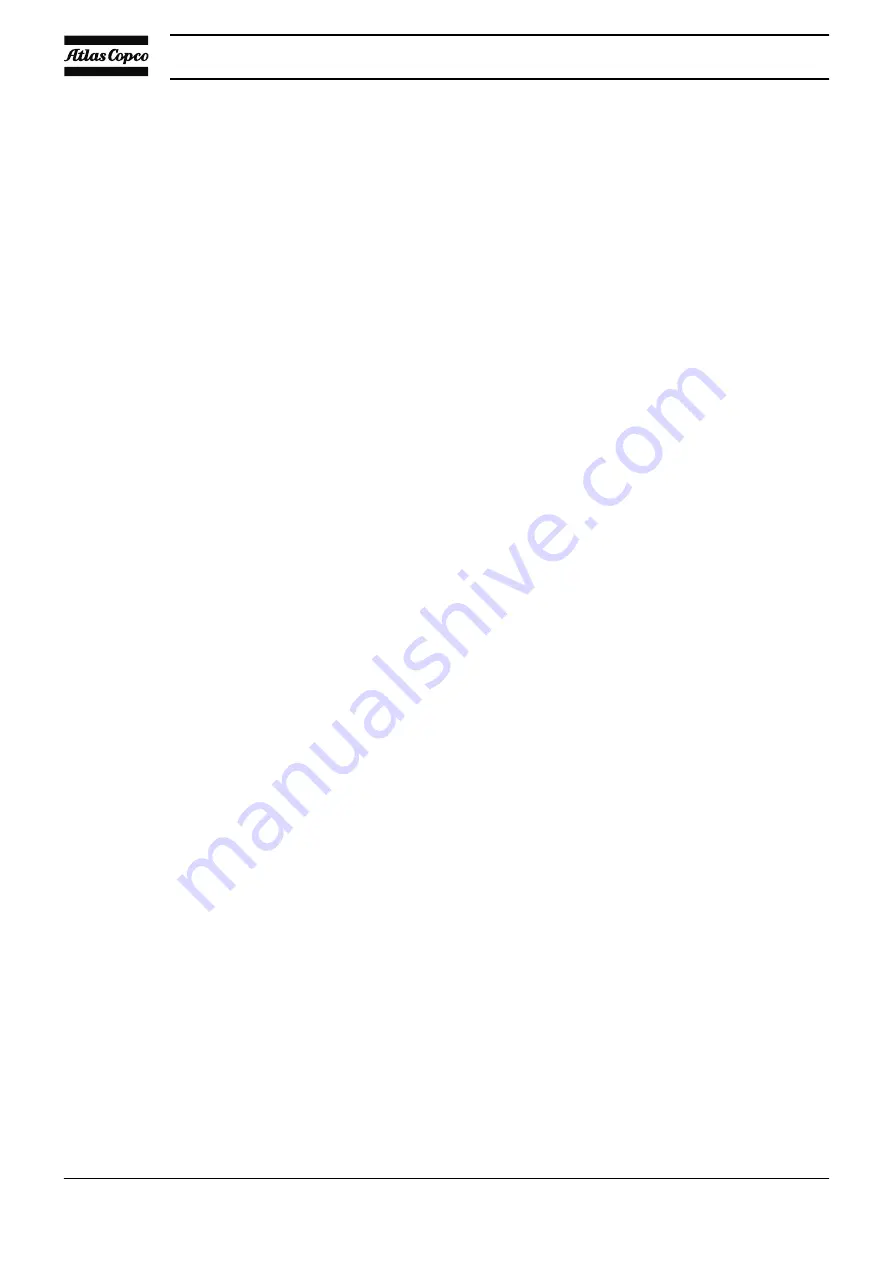
General precautions
1. The operator must employ safe working practices and observe all related local work safety requirements
and regulations.
2. If any of the following statements does not comply with local legislation, the stricter of the two shall apply.
3. Installation, operation, maintenance and repair work must only be performed by authorised, trained,
specialised personnel.
4. The compressor is not considered capable of producing air of breathing quality. For air of breathing quality,
the compressed air must be adequately purified according to local legislation and standards.
5. Before any maintenance, repair work, adjustment or any other non-routine checks, stop the compressor,
press the emergency stop button, switch off the voltage and depressurise the compressor. In addition, the
power isolating switch must be opened and locked.
6. Never play with compressed air. Do not apply the air to your skin or direct an air stream at people. Never
use the air to clean dirt from your clothes. When using the air to clean equipment, do so with extreme
caution and wear eye protection.
Precautions during operation
1. Use only the correct type and size of hose end fittings and connections. When blowing through a hose or
air line, ensure that the open end is held securely. A free end will whip and may cause injury. Make sure
that a hose is fully depressurized before disconnecting it.
2. Persons switching on remotely controlled machines shall take adequate precautions to ensure that there
is no one checking or working on the machine. To this end, a suitable notice shall be affixed to the remote
start equipment.
3. Never operate the machine when there is a possibility of taking in flammable or toxic fumes, vapours or
particles.
4. Never operate the machine below or in excess of its limit ratings.
5. Keep all bodywork doors shut during operation. The doors may be opened for short periods only, e.g. to
carry out routine checks. Wear ear protectors when opening a door.
6. People staying in environments or rooms where the sound pressure level reaches or exceeds 90 dB(A)
shall wear ear protectors.
7. Periodically check that:
• All guards are in place and securely fastened
• All hoses and/or pipes inside the machine are in good condition, secure and not rubbing
• There are no leaks
• All fasteners are tight
• All electrical leads are secure and in good order
• Safety valves and other pressure-relief devices are not obstructed by dirt or paint
• Air outlet valve and air net, i.e. pipes, couplings, manifolds, valves, hoses, etc. are in good repair, free
of wear or abuse
8. If warm cooling air from compressors is used in air heating systems, e.g. to warm up a workroom, take
precautions against air pollution and possible contamination of the breathing air.
9. Do not remove any of, or tamper with, the sound-damping material.
10. Never remove or tamper with the safety devices, guards or insulations fitted on the machine. Every pressure
vessel or auxiliary installed outside the machine to contain air above atmospheric pressure shall be
protected by a pressure-relieving device or devices as required.
Instruction book
8
2920 1634 04



